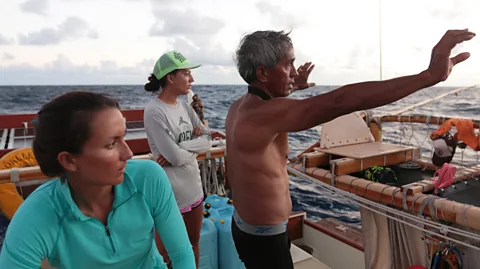Long before modern maps or GPS devices existed, Polynesian navigators were already crossing the Pacific Ocean using nature alone. These skilled seafarers traveled thousands of miles between islands by reading the stars, the movement of waves, and the behavior of birds. Their method, known as wayfinding, is one of the oldest and most impressive navigation systems ever developed.
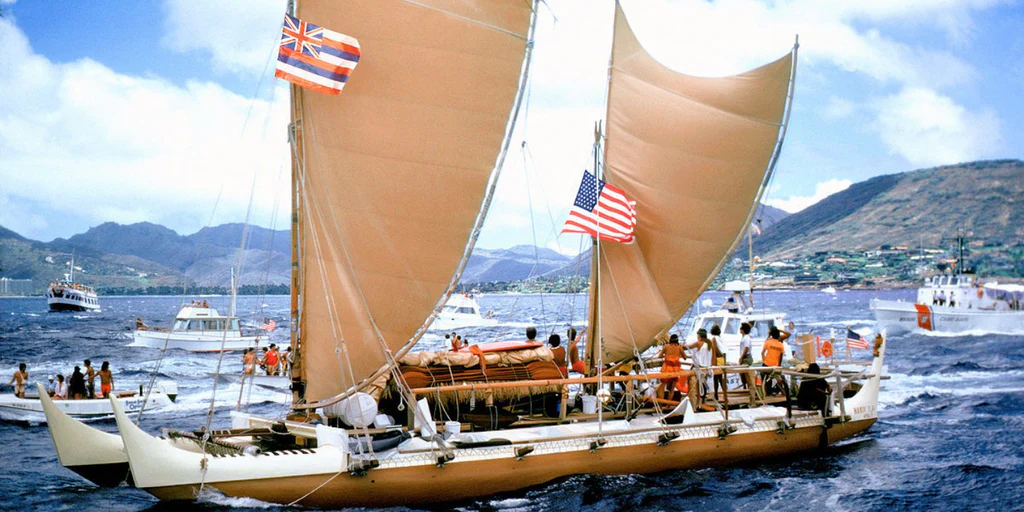
The Star Compass
The heart of wayfinding was the star compass a mental map that tracked where stars rose and set on the horizon. Navigators memorized the positions of key stars and constellations, allowing them to determine direction during long ocean voyages. The sky acted as a giant compass, changing with the seasons but always providing a reliable guide.
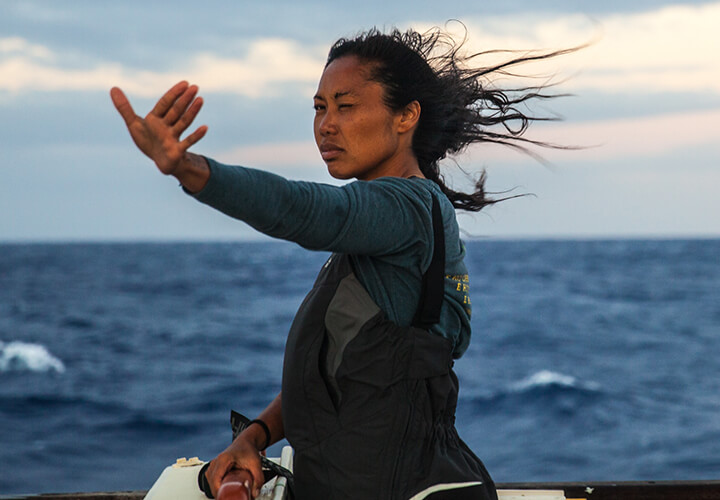
Understanding Ocean Waves
Polynesian wayfinders didn’t just look up they felt the ocean beneath them. By sensing the patterns of swells and wave reflections, they could tell which direction they were heading and whether land was near. Some navigators would even lie down on the canoe to better feel subtle shifts in the waves.
Video:
Sailing Across the World’s Oceans with No Tech
Reading Nature’s Signs
Birds were another key to finding land. Certain species, like frigatebirds or noddies, never flew far from shore. By watching their flight paths, especially at dawn and dusk, navigators could estimate how far and in what direction land might be. They also paid attention to clouds, sea color, and even the scent of vegetation on the wind.
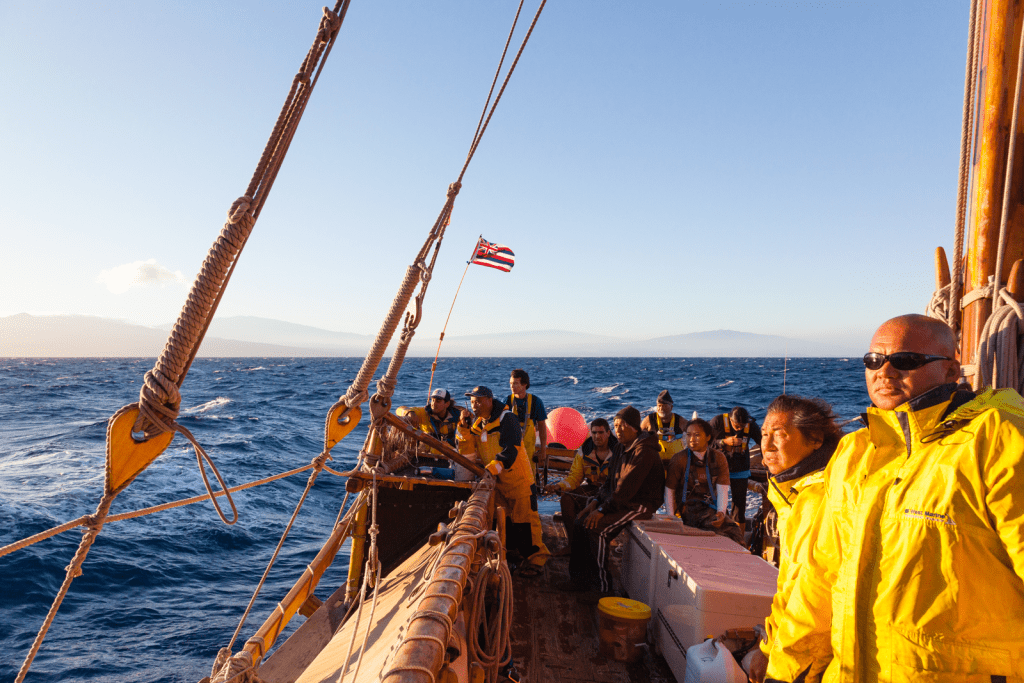
A Lost Art Reborn
As Western technology spread through the Pacific, traditional wayfinding nearly disappeared. But in the 1970s, a group of Hawaiian voyagers launched Hōkūle‘a, a replica Polynesian canoe, to prove this ancient knowledge still worked. With help from Micronesian navigator Mau Piailug, they sailed from Hawai‘i to Tahiti using no instruments.
Video:
How did Polynesian wayfinders navigate the Pacific Ocean? – Alan Tamayose and Shantell De Silva
Teaching the Next Generation
Today, wayfinding is being passed down again. Young people across Polynesia are learning how to read the stars and waves just like their ancestors. These lessons are about more than sailing they’re about connecting to cultural roots and respecting nature.
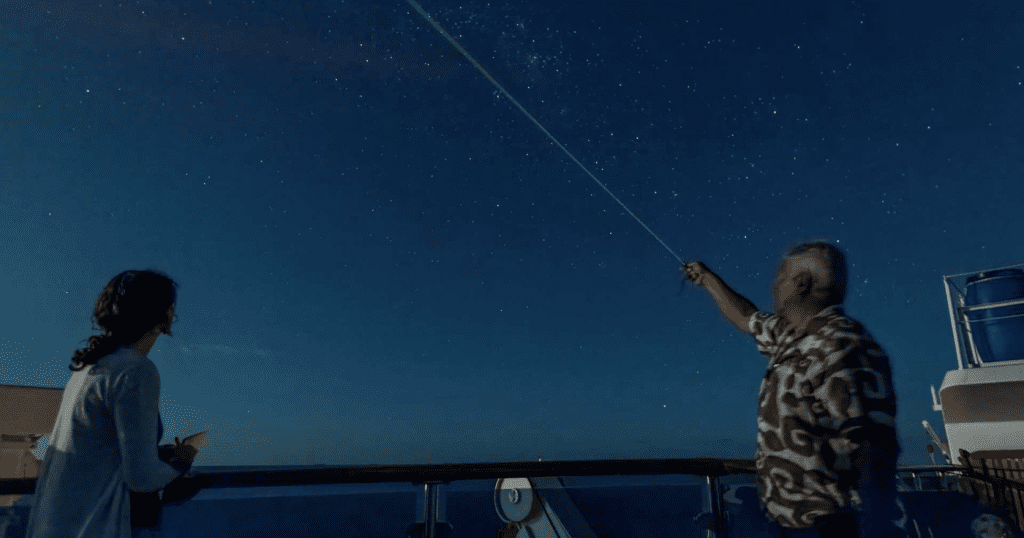
Conclusion
Polynesian wayfinding is a powerful reminder that humans once crossed entire oceans with nothing but wisdom and observation. In a world filled with digital tools, this ancient practice shows us how much we can learn by simply listening to the world around us and trusting it to guide the way.
